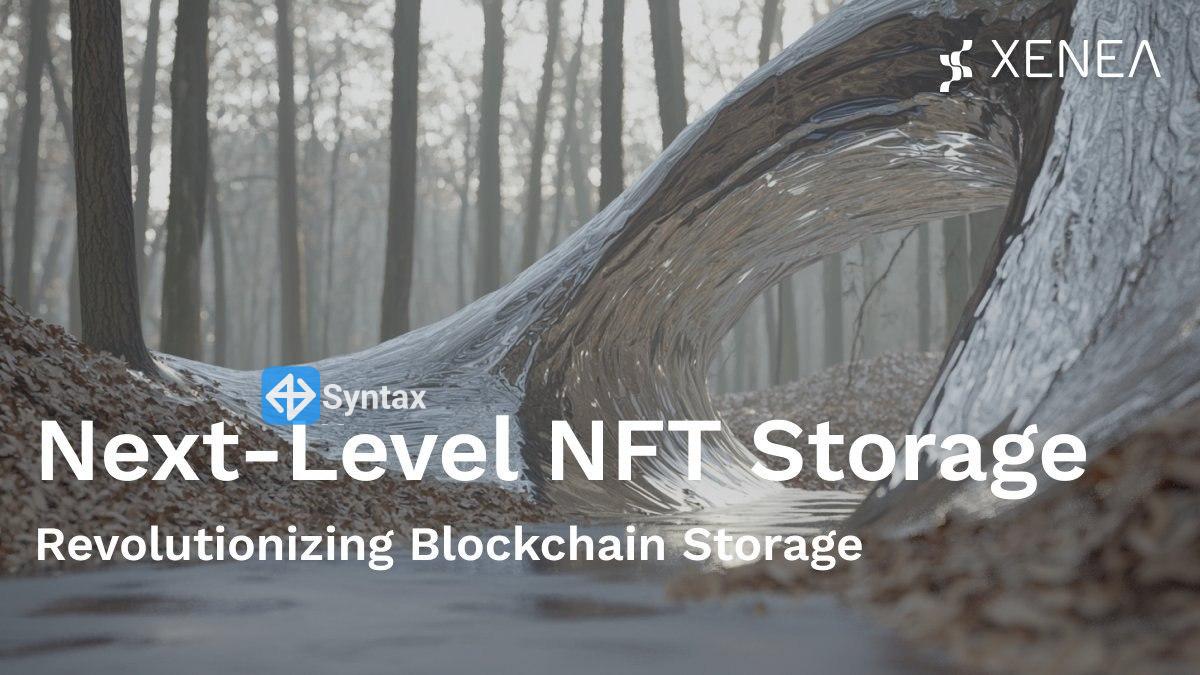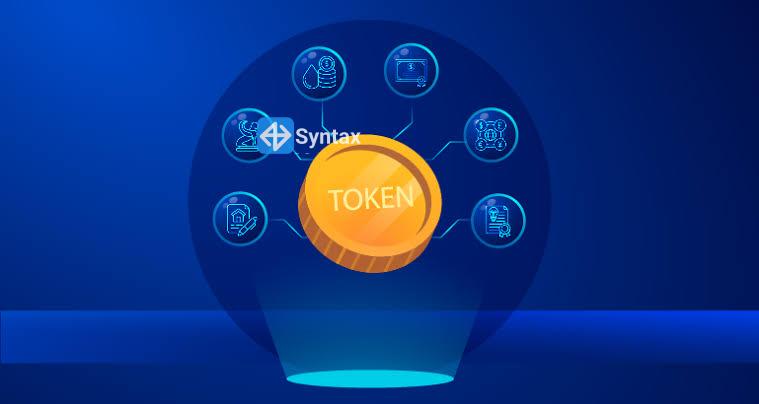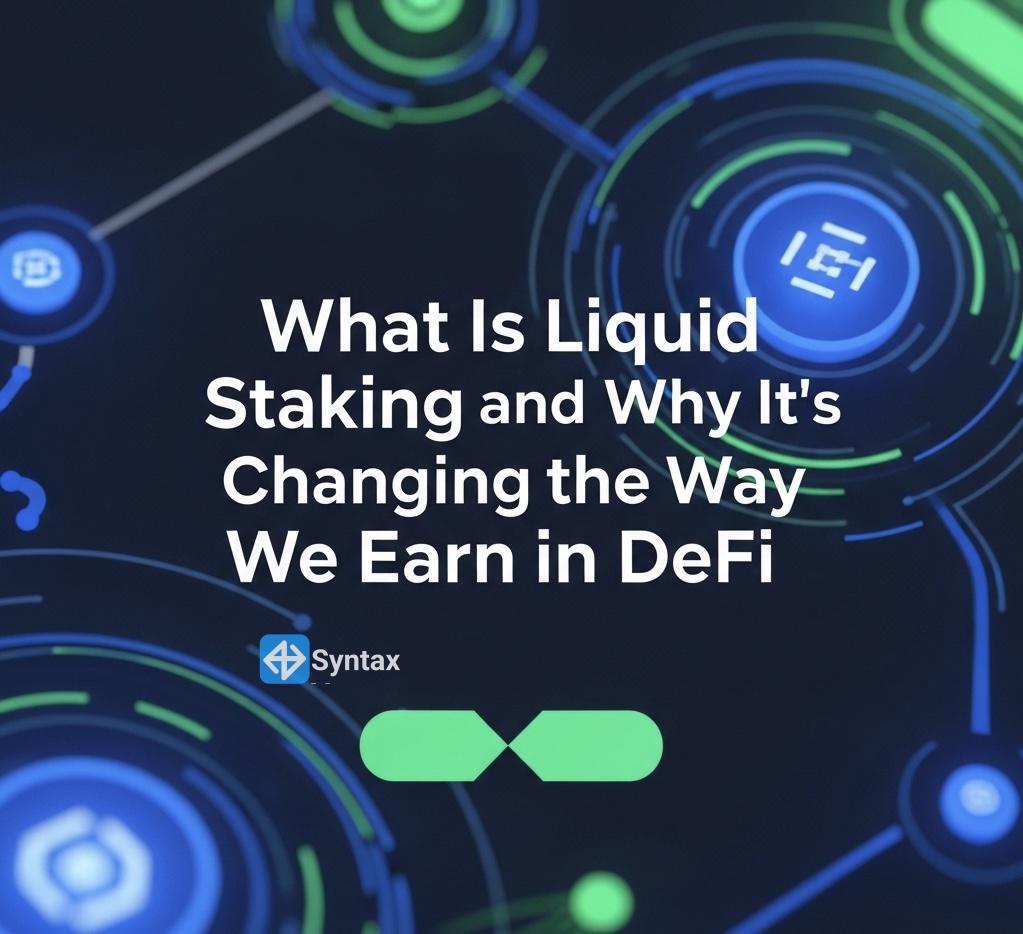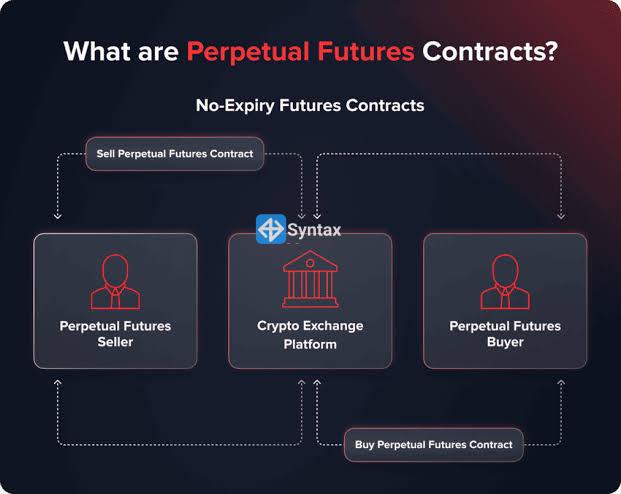Non-Fungible Tokens (NFTs) have become one of the most exciting innovations in the digital world, allowing creators and collectors to own and trade unique digital assets from art and music to gaming items. However, just like cryptocurrencies, NFTs are stored on the blockchain and can be vulnerable to theft or loss if not properly protected. Knowing how to secure your NFTs is essential for anyone serious about digital ownership and long-term value preservation.
1. Use a Reliable and Secure Wallet
Your wallet is the digital vault that stores your NFTs, so choosing the right one is the first and most important step. Hardware wallets such as Ledger or Trezor provide the highest level of security since they store your private keys offline, away from hackers.
If you use a software wallet like MetaMask or Trust Wallet, make sure it’s downloaded from official sources and always keep it updated to patch potential vulnerabilities.
2. Never Share Your Private Keys or Seed Phrase
Your private key or seed phrase gives full access to your NFTs and other crypto assets. If someone gets hold of them, they can transfer your NFTs instantly and those transactions are irreversible.
Always store your recovery phrase offline, preferably written down and kept in a secure, private place. Avoid saving it in your phone’s notes, emails, or cloud storage, as these can be hacked or leaked.
3. Watch Out for Phishing and Scam Links
Many NFT owners lose their collections due to phishing attacks. Scammers often create fake websites, fake wallet pop-ups, or impersonate well-known NFT marketplaces to trick users into signing malicious transactions.
Always double-check URLs before connecting your wallet, and never click suspicious links sent via Discord, Twitter, or email. Bookmark official NFT platforms like OpenSea, Blur, or Rarible to avoid confusion.
4. Use a Separate Wallet for Trading
If you regularly buy or sell NFTs, it’s wise to separate your wallets. Keep your most valuable NFTs in a “vault wallet”that is never connected to new or unfamiliar sites, and use a secondary wallet for everyday trading and minting.
This reduces the risk of losing your entire collection if one wallet gets compromised.
5. Enable Extra Security Features
Many NFT platforms and wallets offer additional security layers like two-factor authentication (2FA), biometric login, or hardware key verification (such as YubiKey).
Enabling these options adds an extra step for anyone trying to access your assets, giving you more protection against unauthorized transactions.
6. Verify Before You Buy or Mint
Fake NFT collections are everywhere. Before purchasing or minting, verify the project’s official website, contract address, and creator profile. Scammers often copy legitimate projects to trick collectors.
You can check verified collections on platforms like OpenSea (look for the blue checkmark) or through official project announcements.
In the ever-evolving Web3 world, security is ownership, and safeguarding your NFTs means truly owning your digital future.












